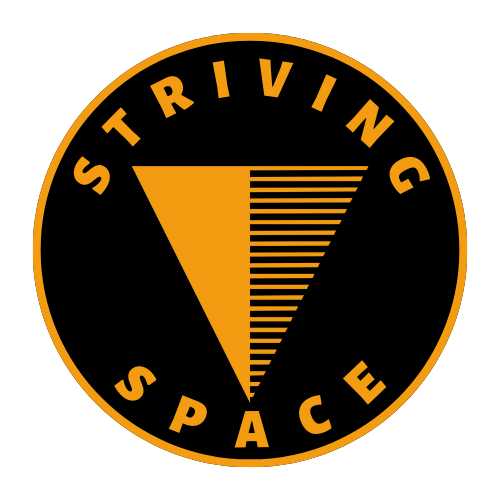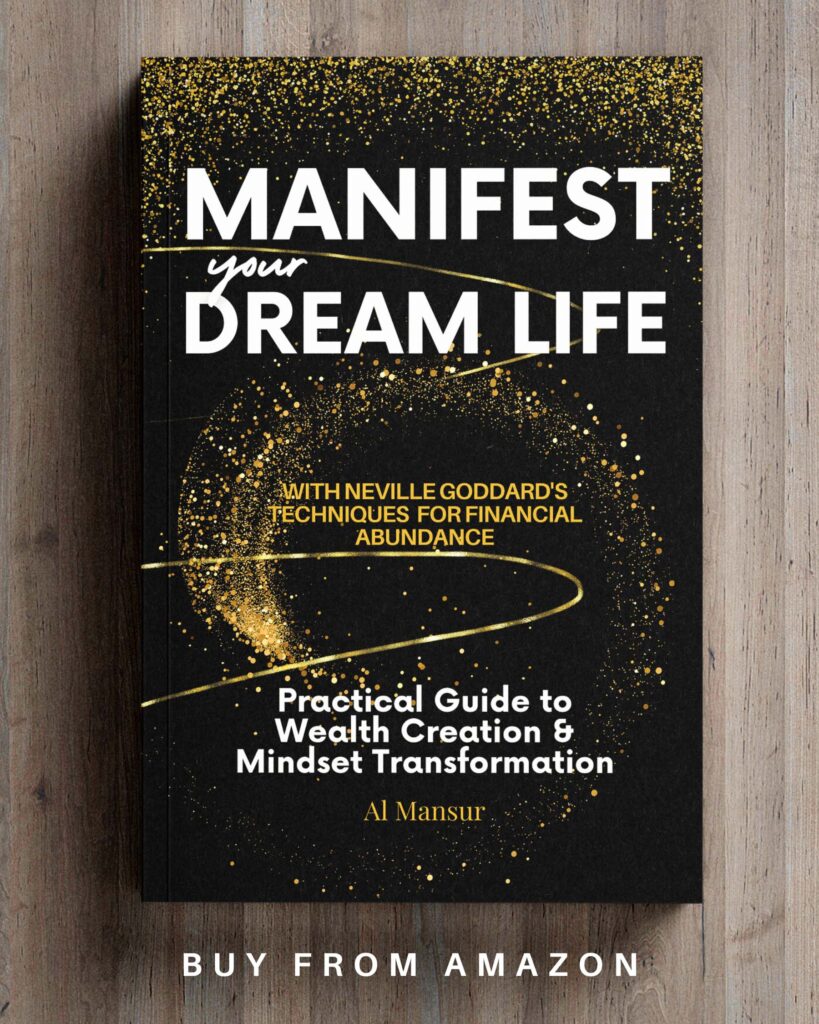Introduction
Digital minimalism offers a solution to our distracted reality—where the average person checks their phone 96 times a day, once every 10 minutes of waking life. By the time you finish reading this sentence, millions of notifications will have pulled millions of minds away from whatever they were doing.
I remember the moment my own digital reckoning arrived. I was sitting at my desk, trying to write an important article, when I realized I’d checked my Instagram and TikTok so many times in thirty minutes. My laptop’s browser had fourteen tabs open. My phone kept lighting up with notifications. And I hadn’t written a single word. Despite all my productivity systems and time management techniques, technology had become my master rather than my tool.
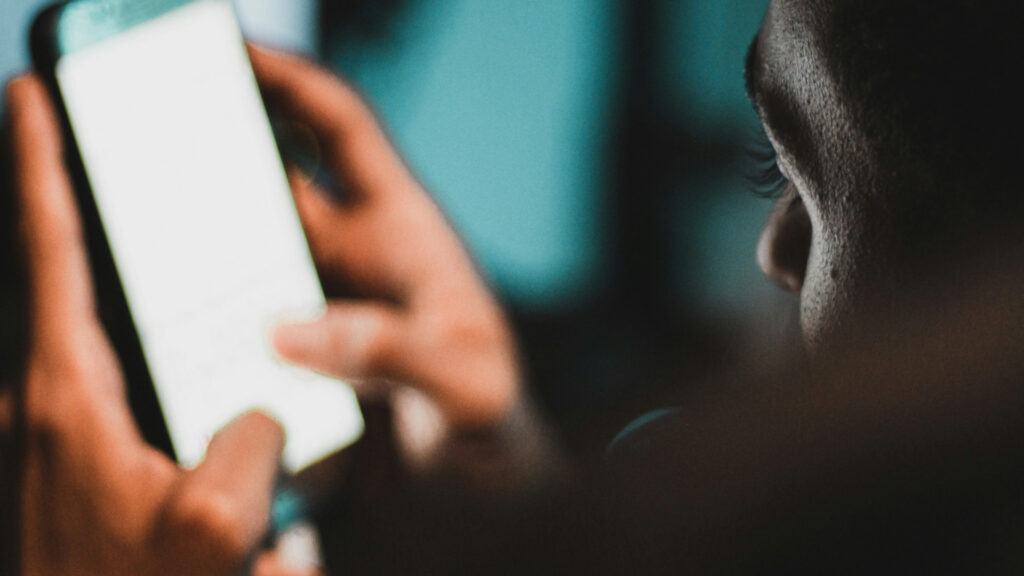
Disclosure: As an Amazon Associate I earn commission from qualifying purchases or subscriptions through my links in this content.This isn’t about rejecting technology. It’s about reclaiming your agency over it.
Digital minimalism isn’t a rejection of innovation or a nostalgic retreat to a simpler time. It’s a deliberate, intentional approach to personal technology use—one that’s focused on maximizing the benefits that matter to you while minimizing the costs to your attention, wellbeing, and ability to engage deeply with life.
In this manifesto, you’ll discover how to break free from the cycle of digital maximalism, establish a healthier relationship with your devices, and create a sustainable approach to technology that enhances your life rather than diminishing it. You’ll gain clarity about what truly matters to you, control over how you engage with digital tools, and ultimately, a path to enhanced wellbeing in our hyper-connected world.
Part I: The Problem – Our Unexamined Digital Lives
The Attention Economy
We’ve all heard the saying: “If you’re not paying for the product, you are the product.” But even this understates what’s happening. In today’s digital landscape, we’re not just the product—we’re the raw material being continuously mined for one of the most valuable resources: our attention.
The business model is simple yet profound: capture human attention and resell it to advertisers. This creates a fundamental misalignment between what’s good for these platforms and what’s good for you. Their economic incentive isn’t to give you a balanced, healthy experience—it’s to keep you engaged for as long as possible.
Consider a typical social media session. What begins as a quick check turns into twenty minutes of scrolling. This isn’t an accident. It’s by design, leveraging powerful psychological triggers:
- Variable rewards: The unpredictable nature of your feed activates the same dopamine pathways as slot machines
- Social validation: Likes, comments, and shares tap into our fundamental need for social approval
- Infinite scrolling: Removing natural stopping points eliminates conscious decision-making about continuing
- Fear of missing out: Creating anxiety that something important is happening without you
- Personalization algorithms: Learning precisely what keeps you engaged the longest
The “free” services we use daily extract a high price: fragments of our finite attention, pieces of our mental bandwidth, and ultimately, portions of our lives. The cost isn’t measured in dollars but in something far more precious—your capacity to focus on what truly matters.
The Symptoms of Digital Maximalism
Most of us have fallen into what can be called “digital maximalism”—the unexamined acceptance of any new technology, app, or service that promises convenience, connection, or entertainment. The symptoms of this condition have become so ubiquitous that we barely recognize them as problems:
Constant connectivity has eroded our ability to think deeply. When was the last time you sat with a complex problem or creative challenge for an hour without digital interruption? Studies show the mere presence of our smartphones—even when turned off—reduces our cognitive capacity.
Notification anxiety manifests physically. That phantom vibration you feel in your pocket? It’s a conditioned response to the unpredictable reward system of notifications. Each alert triggers a small stress response, keeping us in a state of low-grade vigilance that taxes our nervous system.
Digital clutter creates mental overhead. The average person has 80 apps installed on their smartphone but regularly uses only 9. Each unused app, unorganized file, and neglected digital account creates cognitive friction—a small but persistent mental burden.
Information overload leads to decision fatigue. We consume more information in a day than our ancestors did in a lifetime. This constant influx overwhelms our finite decision-making resources, leading to poorer choices and mental exhaustion.
Productivity theater replaces actual output. We spend hours organizing task managers, setting up automation, and optimizing workflows—often at the expense of doing the actual deep work these systems are meant to facilitate.
The result is a paradoxical state: we’re simultaneously connected to everything yet struggling to be present for anything. We have access to unlimited information but decreasing wisdom about how to use it. We’re constantly busy but increasingly unproductive in ways that matter.
Failed Solutions
Our collective response to digital overwhelm has been largely ineffective. Consider these common approaches:
Digital detoxes follow the same pattern as crash diets—extreme restriction followed by inevitable rebound. A weekend without smartphones might feel refreshing, but without structural changes to your digital environment, you’ll quickly return to old habits when Monday arrives.
All-or-nothing approaches set us up to fail. Declarations like “I’m quitting social media forever” rarely stick because they don’t address the legitimate benefits these tools provide alongside their costs.
Productivity apps often contribute to the problem they claim to solve. The painful irony is that many of us are using dozens of digital tools to manage the overwhelm created by… dozens of digital tools. Each new productivity app adds complexity rather than reducing it.
Willpower alone is insufficient against systems designed by thousands of engineers specifically to override it. Relying on sheer discipline in an environment optimized to erode it is like trying to diet while working in a candy factory.
These approaches fail because they treat the symptoms rather than addressing the fundamental issue: our lack of philosophy around personal technology use. We’ve accepted the standard operating procedures of the digital world without questioning whether they serve our values and goals.
It’s time for a more sustainable approach.
Part II: The Philosophy – Digital Minimalism Defined
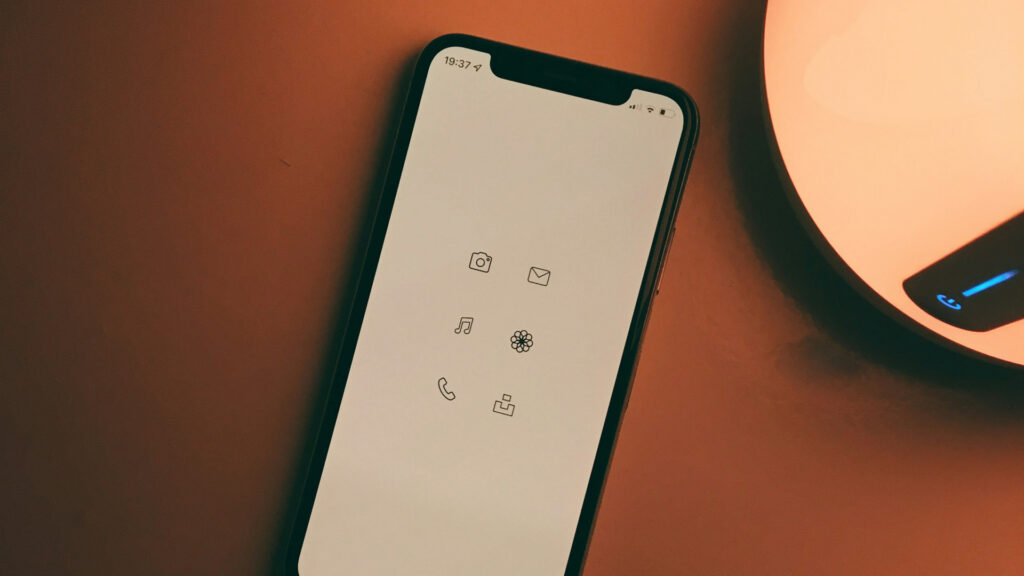
Core Principles of Digital Minimalism
Digital minimalism rests on four foundational principles:
Intentionality: Using technology to support your values, not undermine them. Digital minimalists start with their deeply held values—what truly matters in their lives—and evaluate technology through this lens. They ask: “Does this tool help me become the person I want to be?” rather than “Is this tool useful or entertaining?”
Optimization: Selecting the best tool for each purpose, not accumulating options. Rather than adopting every promising app or service, digital minimalists carefully select the optimal tool for each function in their lives. They embrace the idea that for most purposes, you need just one tool, not five partial solutions.
Mindfulness: Bringing awareness to technology interactions. Digital minimalists develop heightened consciousness about when, why, and how they use technology. This doesn’t mean obsessive tracking but rather a clear-eyed awareness of the role digital tools play in their daily experience.
Sustainability: Creating systems that work long-term, not quick fixes. The digital minimalist builds habits and environments that support lasting change rather than dramatic but temporary interventions. This means creating realistic boundaries that bend rather than break under life’s inevitable pressures.
These principles aren’t about using technology less—though that’s often a byproduct. They’re about using technology better. The goal is to maximize the value you get from your digital tools while minimizing the costs to your attention and wellbeing.
Digital Minimalism vs. Other Approaches
To understand digital minimalism more clearly, it helps to distinguish it from other approaches to technology:
| Approach | Primary Focus | Limitations | Digital Minimalism Difference |
| Luddism | Rejection of technology as harmful | Ignores genuine benefits of thoughtful tech use | Selective adoption based on personal values |
| Digital Detox | Temporary abstention from technology | Returns to problematic use patterns after detox period | Sustainable, ongoing intentional practice |
| Productivity Hacking | Maximizing efficiency through optimal tool use | Often adds complexity while seeking simplicity | Focuses on effectiveness over efficiency |
| Techno-optimism | Embracing all new technology as progress | Overlooks hidden costs to attention and wellbeing | Evaluates new tools against personal values |
Digital minimalism doesn’t claim moral superiority over these approaches—each has its merits. But it does offer a more balanced, sustainable philosophy for navigating our increasingly connected world.
The Science Behind the Approach
The principles of digital minimalism aren’t just philosophical—they’re grounded in robust research about how human minds function in the digital age:
Attention Restoration Theory demonstrates that our directed attention—the kind required for focused work—is a finite resource that depletes with use. Constant digital switching prevents proper restoration of this critical cognitive resource. Nature, by contrast, provides the ideal environment for replenishing our attention reserves.
Deep Work Research shows that the ability to focus without distraction on cognitively demanding tasks produces disproportionately valuable results. Yet the average knowledge worker now checks email or messaging every 6 minutes, making deep work nearly impossible.
Decision Fatigue Studies reveal that our capacity to make good choices deteriorates with each decision we face. Digital abundance forces countless micro-decisions throughout our day, depleting our decision-making resources for more important matters.
Dopamine Research indicates that many digital platforms trigger the same reward pathways as addictive substances. The variable reward schedules of social media and email checking are particularly effective at creating compulsive use patterns.
Neuroplasticity Evidence suggests our brains physically rewire in response to our digital habits. Heavy multitaskers show decreased density in areas responsible for empathy and emotional control, while demonstrating impaired ability to focus even when trying to concentrate.
This research doesn’t condemn technology—it simply reminds us that our minds evolved in environments radically different from today’s digital landscape. Digital minimalism uses this understanding to create a healthier relationship with technology that works with our cognitive architecture rather than against it.
Part III: The Practice – Implementing Digital Minimalism
The Digital Decluttering Process (Digital detox)
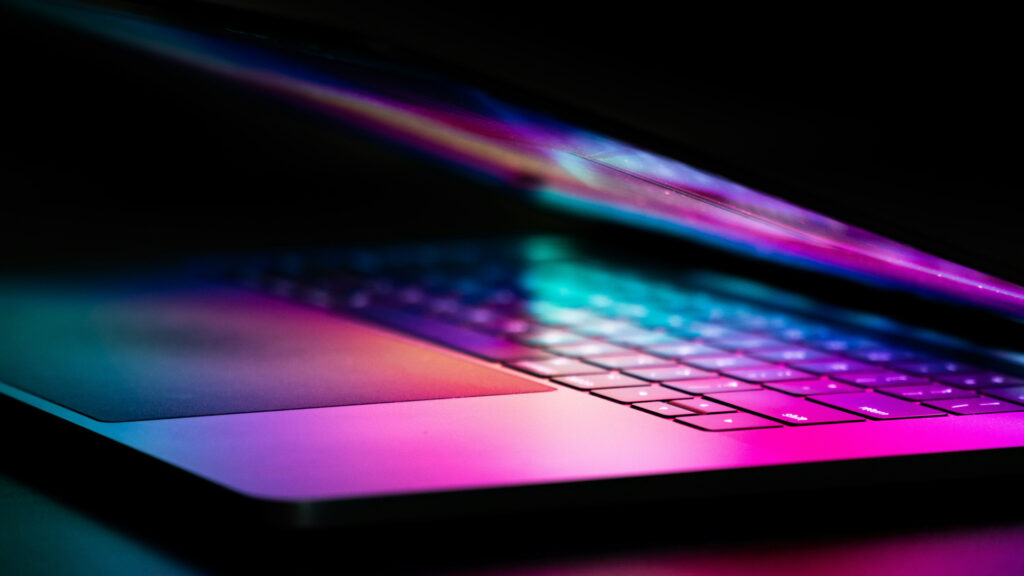
Transitioning to digital minimalism begins with a reset—a period of intentional distance from optional technologies to break existing habits and create space for new ones. Here’s a structured approach to this process:
The 30-Day Reset Protocol
For the next 30 days:
- Identify optional technologies in your life (social media, video games, news sites, streaming services, etc.)
- Step away completely from these optional technologies
- Rediscover high-value leisure activities that don’t involve screens
- After 30 days, reintroduce technologies selectively and intentionally
Preparation Steps
- Identify essential technologies you’ll continue using (work email, navigation apps, etc.)
- Notify close contacts about your digital break
- Set up emergency contact protocols if needed
- Delete social and entertainment apps from your phone
- Create a list of alternative activities to fill newly available time
What to Expect
- Days 1-5: Discomfort, boredom, and FOMO are normal and temporary
- Days 6-15: Increased awareness of habitual reach for devices
- Days 16-30: Discovery of new (or rediscovery of old) sources of satisfaction
Reintroduction Process For each technology you consider reintroducing, ask:
- Does this technology directly support something I deeply value?
- Is it the best way to support this value, or just a convenient way?
- How will I constrain my use to maximize benefits and minimize costs?
Technology Inventory Assessment Take inventory of your current digital tools by categorizing each as:
- Essential (directly supports core values, no viable alternative)
- Optional but high-value (supports values with appropriate constraints)
- Low-value (minimal support for your values, high attention cost)
- Negative (actively undermines your values or wellbeing)
This reset isn’t about permanent abstention—it’s about breaking the cycle of reflexive use and creating space to build a more intentional approach.
Creating Your Technology Philosophy
A sustainable relationship with technology requires more than tactics—it demands a clear philosophy that aligns your digital life with your deeper values:
Defining Your Core Values
Begin by identifying 3-5 core values that guide your life. For each value, ask:
- How can technology help me honor this value?
- How might technology undermine this value?
- What specific technologies best support this value?
For example, if “meaningful relationships” is a core value:
- Video calling may help maintain long-distance relationships
- Social media might both connect and distract from deeper engagement
- Group messaging apps might support or fragment communication
Developing Personal Usage Policies
Create clear, specific rules for each technology you choose to use:
- When you’ll use it (specific times/contexts)
- How you’ll use it (specific features/functions)
- Why you’ll use it (connection to specific values)
For example, instead of a vague intention to “use social media less,” create a specific policy:
- I’ll check Instagram once daily, after dinner, for no more than 20 minutes, to see updates from close friends and family members.
The Personal Technology Constitution
Document your philosophy in a simple one-page “constitution” that includes:
- Your core values and how technology should serve them
- General principles that guide your technology decisions
- Specific policies for your most-used digital tools
- Boundaries you commit to maintaining
- Process for evaluating new technologies
This document isn’t meant to be rigid—it should evolve as your needs and the technological landscape change. But having an explicit philosophy prevents reflexive adoption of whatever new tools emerge and keeps your technology use aligned with what truly matters to you.
The Essential Digital Toolkit
Digital minimalism isn’t about using as few digital tools as possible—it’s about using the right ones in the right ways. Here’s a framework for building your essential toolkit:
The “Enough” Concept
For each category of digital tool, there exists a point of “enough”—where additional tools provide diminishing or even negative returns. Finding your “enough” involves asking:
- What core function am I trying to fulfill?
- Which single tool best serves this function?
- At what point do additional tools create more complexity than value?
Evaluating Tools
Before adopting any digital tool, ask these questions:
- What specific value or purpose does this serve in my life?
- Is this the best tool available for this purpose?
- What are the attention costs associated with this tool?
- How will I constrain my use to maximize value and minimize costs?
- What will I give up or delete to make room for this tool?
Essential Categories
Most people need digital tools in these categories:
- Communication (email, messaging)
- Information management (notes, documents)
- Knowledge acquisition (reading, learning)
- Navigation and logistics
- Creative expression
The key is selecting one primary tool for each category rather than accumulating multiple overlapping options.
The Serving Test
For each tool, regularly ask: “Is this tool serving me, or am I serving it?”
- Signs you’re serving the tool: Checking without purpose, feeling anxious when separated, using out of obligation rather than intention
- Signs the tool is serving you: Using it deliberately, easily setting it aside, consistently deriving genuine value
Remember, the goal isn’t digital asceticism—it’s intentional use of technology as a means to your ends rather than an end in itself.
Practical Minimalist Strategies
Beyond philosophy, digital minimalism employs practical strategies to reshape your relationship with technology:
Digital Environment Design
Just as physical spaces influence behavior, your digital environment shapes your technology habits:
- Create device-free zones in your home (bedroom, dining table)
- Set up separate profiles on devices for work vs. leisure
- Remove non-essential apps from your phone’s home screen
- Disable notifications for all but essential communications
- Use grayscale mode to reduce visual appeal of attention-grabbing apps
Friction as a Tool
Strategically introducing friction can support mindful technology use:
- Log out of social media after each use
- Remove saved passwords for distracting sites
- Store entertainment apps in a folder several swipes away
- Set time-delay blocks for distracting websites
- Keep leisure devices in drawers rather than visible
Batch Processing Communications
Instead of responding to messages continuously throughout the day:
- Check email and other messaging platforms at scheduled times (2-3 times daily)
- Process all messages during these sessions to maintain inbox zero
- Use auto-responders to set appropriate expectations for response times
- Create separate channels for urgent vs. non-urgent communications
Time Blocking for Technology
Designate specific times for different types of technology use:
- Deep work blocks (completely offline)
- Communication blocks (email, messaging)
- Learning blocks (reading, courses)
- Entertainment blocks (streaming, games)
- Social media blocks (if included in your digital philosophy)
Implementation Guide: Starting Small
Begin with these high-impact, low-friction changes:
- Turn off all non-essential notifications
- Remove social and news apps from your phone (access via browser if needed)
- Create a morning routine that doesn’t involve screens
- Establish a technology curfew (no screens 1 hour before bed)
- Schedule two 30-minute blocks daily for batch processing communications
These small changes create momentum for larger shifts and demonstrate the immediate benefits of a more intentional approach to technology.
Part IV: The Benefits – Life as a Digital Minimalist

Reclaimed Attention
The most immediate benefit of digital minimalism is the recovery of your attention—the ability to focus deeply on what’s in front of you, whether work, relationships, or leisure:
Qualitative Difference in Thought
Digital minimalists report a profound shift in the quality of their thinking:
- Increased ability to follow complex arguments
- Enhanced capacity to make connections between ideas
- Greater creative insight and problem-solving ability
- Improved memory retention and recall
- Reduced mental fatigue at day’s end
One digital minimalist, a software engineer, described the change: “After three weeks of limited social media and batch-processing email, I found myself thinking about coding problems in the shower again—something that hadn’t happened in years. My mind had space to wander and make connections.”
Breakthrough Experiences
Research and anecdotal evidence point to a connection between attention protection and significant breakthroughs:
- J.K. Rowling completed the final Harry Potter book in a hotel with no internet connection
- Bill Gates takes twice-yearly “think weeks” in a secluded cabin with no technology
- Lin-Manuel Miranda conceived the idea for “Hamilton” during a rare vacation away from digital distractions
Self-Assessment: Your Attention Quality
Reflect on these questions to assess your current attention quality:
- How long can you read challenging material without checking your phone?
- When was the last time you had a new insight while doing nothing?
- How often do you reach a flow state in your work?
- Can you sit with boredom for ten minutes without seeking digital stimulation?
- Do you regularly think about work problems outside of work hours?
The answers provide a baseline for measuring the improvements that come with digital minimalism.
Enhanced Relationships
Our relationships often bear the hidden costs of digital distraction. Digital minimalism helps restore depth and presence to our connections:
Presence and Relationship Satisfaction
Research confirms what intuition suggests: our relationships suffer when our attention is divided. Studies show:
- Visible smartphones reduce feelings of closeness and connection in conversations
- Divided attention is perceived as lack of care, even when unintended
- Eye contact stimulates oxytocin production, which technology use often prevents
- Conversation depth decreases significantly when interruptions occur
Healthy Technology Boundaries
Digital minimalists develop clear boundaries around technology in social contexts:
- Phone-free meals to ensure full engagement
- Designated times for shared digital activities (watching shows, playing games)
- Tech-free zones in the home to encourage conversation
- Clear expectations about response times to non-urgent messages
Communicating Your Approach
Explaining your digital minimalism to others is essential for maintaining relationships while changing habits:
- Focus on the positive (“I want to be more present with you”) rather than negative framing
- Offer alternative contact methods for truly urgent matters
- Emphasize that slower response times don’t indicate decreased care
- Invite others to join you in specific minimalist practices they might enjoy
Case Study: Family Digital Transformation
One family implemented a gradual digital transformation:
- Week 1: Device-free dinners
- Week 2: Sunday afternoon “tech Sabbath”
- Week 3: Phones collected in a basket during family game nights
- Week 4: Social media apps removed from phones (accessible only on computers)
- Result: After three months, all members reported feeling more connected and satisfied with family relationships
The benefits extend beyond immediate family to all relationships, creating space for more meaningful connection in a distracted world.
Professional Impact
Far from hindering professional success, digital minimalism often enhances it by enabling the deep work that creates disproportionate value:
Deep Work as Competitive Advantage
As attention fragments across the workforce, the ability to focus deeply becomes increasingly rare and valuable:
- Complex problems require uninterrupted thought to solve
- Creative insights emerge from sustained engagement with ideas
- Learning curves accelerate with focused rather than fragmented attention
- Implementation quality improves with concentrated effort
Quality Over Quantity
Digital minimalists shift from measuring productivity by activity (emails sent, meetings attended) to measuring by meaningful output:
- Fewer, better deliverables rather than many mediocre ones
- Reduced scope with increased excellence
- Focus on work that leverages unique skills rather than busy work
- Emphasis on completion rather than constant iteration
Managing Workplace Digital Expectations
Digital minimalists develop strategies to maintain focus within conventional workplace expectations:
- Negotiate focused work blocks on your calendar
- Create auto-responders explaining your communication schedule
- Redirect synchronous interruptions to asynchronous channels
- Focus on delivering exceptional results that justify your methods
Case Study: Professional Transformation
A marketing executive adopted digital minimalism and saw remarkable career acceleration:
- Reduced email checking from 20+ times daily to 3 scheduled blocks
- Established two 90-minute deep work sessions daily
- Declined low-value meetings in favor of focused project work
- Removed social media apps from phone during workdays
- Result: Completed a major campaign in half the expected time, leading to promotion six months later
The professional who can consistently deliver high-quality, focused work stands out dramatically in an age of distraction.
Mental Wellbeing
Perhaps the most profound benefit of digital minimalism is its impact on mental health and emotional balance:
Anxiety Reduction
Digital minimalism addresses several sources of technology-related anxiety:
- Information overload anxiety decreases with controlled information flow
- Comparison anxiety diminishes with reduced social media exposure
- FOMO (fear of missing out) transforms into JOMO (joy of missing out)
- Decision fatigue eases with fewer digital options
Self-Worth Independence
Digital minimalists separate their sense of self from digital metrics:
- No longer measuring personal value by likes, followers, or shares
- Reduced vulnerability to online criticism or approval
- Increased internal validation rather than external validation
- Greater comfort with privacy and anonymity when beneficial
Research Connection
A growing body of research connects digital habits to mental health outcomes:
- Studies show correlation between social media use and depression/anxiety
- News consumption timing influences stress hormone levels
- Sleep quality improves significantly with pre-bed screen limitations
- Attention restoration correlates with reduced rumination and worry
The mental health benefits aren’t just about feeling better—they translate to improved resilience, better decision-making, and more consistent energy for what matters most.
Part V: Sustaining the Practice
Handling Digital Pressure
Perhaps the greatest challenge of digital minimalism is maintaining your approach in a maximalist world. Here are strategies for navigating these pressures:
Boundary Maintenance Strategies
When others don’t share your values around technology:
- Focus on solutions rather than criticism of others’ habits
- Create environment modifications that support your intentions
- Develop graceful exits from digital situations that don’t serve you
- Find like-minded people who reinforce your approach
Explanation Scripts
Having prepared responses helps maintain boundaries without awkwardness:
- For missed social media references: “I’m not on that platform much these days, but I’d love to hear about it.”
- For slow response expectations: “I check messages at specific times each day to stay focused. For anything urgent, please call.”
- For work availability concerns: “I’ve found I deliver better results when I batch my communications. I’ll be checking again at 3pm.”
- For declined digital invitations: “I’m being more intentional about my online activities, but I’d love to connect in person instead.”
Workplace Negotiation Tactics
For maintaining boundaries in professional settings:
- Lead with benefits to the organization, not personal preference
- Demonstrate improved results from focused work periods
- Suggest trial periods for new communication protocols
- Offer clear alternative contact methods for genuinely urgent matters
Social Situations
Navigating social pressure around technology use:
- Arrive early to social gatherings to engage before phones emerge
- Position yourself to avoid view of screens when in conversation
- Suggest specific phone-free activities when organizing events
- Model the behavior you value without commenting on others’ habits
These strategies allow you to maintain your digital philosophy without becoming isolated or appearing judgmental of others’ choices.
Continuous Refinement
Digital minimalism isn’t a one-time fix but an ongoing practice that evolves with your needs and circumstances:
Regular Technology Audits
Schedule quarterly reviews of your digital life:
- Evaluate each tool against your stated values
- Measure actual usage patterns against intended ones
- Identify new digital clutter that has accumulated
- Test removing technologies to see if they’re truly adding value
Evolving Your System
As your life changes, your digital needs will too:
- Update your technology constitution annually
- Adjust boundaries during major life transitions
- Experiment with seasonal variations in digital rules
- Integrate new knowledge about technology impacts as research evolves
Warning Signs of Digital Creep
Watch for these indicators that boundaries are eroding:
- Checking devices outside designated times
- Adding apps without thoughtful evaluation
- Feeling increased FOMO or comparison anxiety
- Declining quality of attention or sleep
- Rising screen time despite stable value derived
Sustainable Check-in Practices
Instead of rigid tracking that becomes another digital burden:
- Set calendar reminders for periodic reflection
- Use screen time reports as data, not judgment
- Have accountability conversations with a trusted friend
- Journal occasionally about your relationship with technology
The goal is mindful awareness rather than perfect adherence to rules—a living relationship with technology that continues to serve your evolving needs.
Going Deeper
For those who experience the benefits of digital minimalism and want to expand their practice:
Community Building
The practice grows stronger with shared commitment:
- Start a local digital minimalism meetup
- Create technology-free social gatherings
- Establish accountability partnerships for specific practices
- Share resources and experiences with like-minded individuals
Advanced Practices
For those ready to go further:
- Extended digital sabbaticals (1-3 months)
- Technology use journals to identify subtle patterns
- Digital simplicity challenges (using only essential tools for a period)
- Creating tech-free rooms or zones in your home
- Adopting analog alternatives for digital tools where beneficial
Broader Implications
Digital minimalism has wider significance beyond personal practice:
- Advocating for attention-protective policies in workplaces
- Supporting design ethics in technology development
- Teaching children sustainable technology habits
- Modeling alternative relationships with technology for others
Vision for the Future
Digital minimalism points toward a different relationship with technology:
- Tools designed to serve human needs rather than capture attention
- Social norms that protect attention and presence
- Economic models that don’t depend on monetizing human attention
- Technology that enhances rather than competes with human connection
By practicing digital minimalism, you become part of a movement toward a more intentional technological future.
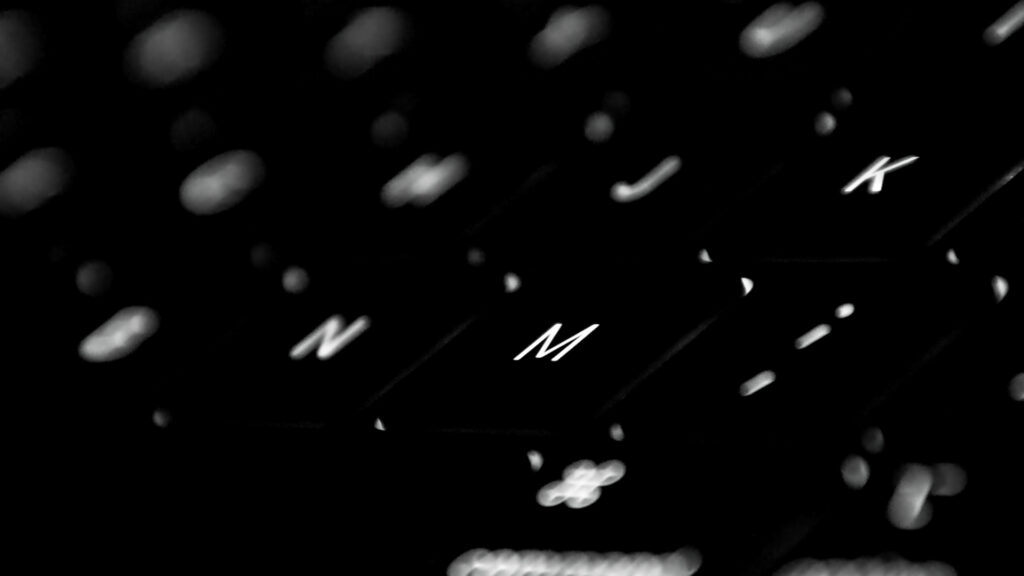
Conclusion
The digital age offers unprecedented opportunities and challenges. We have access to more information, connection, and convenience than any humans before us. Yet these benefits come with significant costs to our attention, relationships, and wellbeing.
Digital minimalism offers a middle path—neither rejecting technology nor accepting it uncritically. It invites us to use technology as a tool for a life well-lived rather than allowing it to use us.
The journey begins with a simple step: a 30-day reset that creates space to rediscover what truly matters to you. From there, you can build a sustainable relationship with technology based on your values rather than the values embedded in the attention economy.
As you move forward, remember that digital minimalism isn’t about perfection. It’s about intentionality—making conscious choices about the role technology plays in your life rather than accepting the defaults designed by others.
The quality of your life is determined in large part by the quality of your attention. By reclaiming that attention through digital minimalism, you reclaim something essential—the ability to focus on what truly matters in a distracted world.
I invite you to join this conversation—to experiment with the practices described here and discover what a more intentional relationship with technology might make possible in your life.
Reflection Questions
As you begin your journey with digital minimalism, consider these questions:
- What digital habits currently cause the most friction or regret in your life?
- Which core values do you want your technology use to support?
- What non-digital activities bring you genuine satisfaction?
- How might your relationships change with more present, undivided attention?
- What would constitute “enough” technology in your life?
Disclosure: As an Amazon Associate I earn commission from qualifying purchases or subscriptions through my links in this content.Resources
Recommended Reading for Digital Detox
- “Digital Minimalism” by Cal Newport
- “Hooked” by Nir Eyal (to understand the psychology of habit-forming tech)
- “How to Break Up With Your Phone” by Catherine Price
- “The Shallows” by Nicholas Carr
- “Bored and Brilliant” by Manoush Zomorodi
Digital Minimalism Tools
- Freedom (digital distraction blocker)
- Forest App (focus timer with tree-growing visualization)
- Paper journals and planners
- E-readers with single-purpose design
- Kitchen timers for tech-free focus sessions
Personal Experience
My path to digital minimalism began in frustration—too many notifications, too many open tabs, and too little deep thought. As someone who writes about productivity and personal development, I found myself caught in a painful irony: the very tools I was using to enhance my work were increasingly undermining it.
My journey wasn’t a straight line. There were failed attempts at digital detoxes, productivity app binges, and moments of throwing up my hands in defeat. But gradually, through experimentation and reflection, I developed an approach that worked—not by rejecting technology but by being far more intentional about it.
The transformation in my work, relationships, and mental clarity convinced me that this approach deserved broader conversation. That’s why StrivingSpace has evolved to focus on digital minimalism—because I believe it addresses a fundamental challenge of modern life.
I invite you to connect with me on this journey, through the newsletter or comments section below. Together, we can explore what it means to use technology on our own terms in a world designed to use it on everyone else’s.
[Sign up for the newsletter to receive occasional (and intentionally infrequent) updates as we explore digital minimalism together.]
